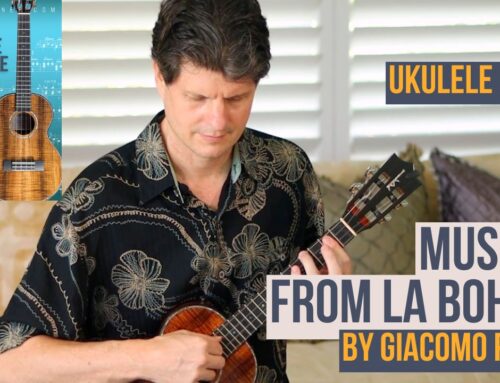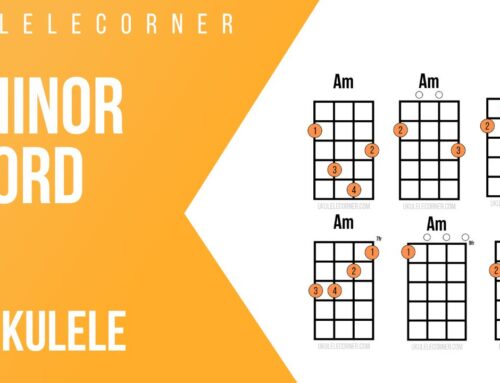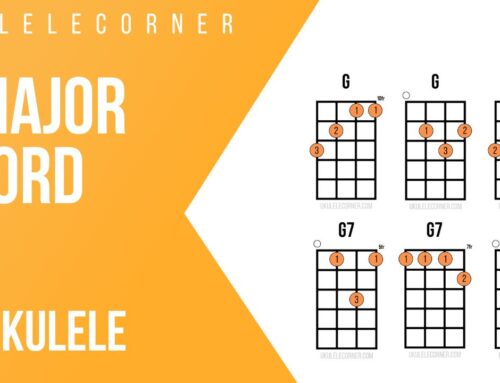How to Choose a Ukulele
In this blog we’ll talk about how to choose a ukulele. Join Jeff Peterson as he takes you on a journey exploring the key factors to consider, from size and tuning to tone and playability. You’ll also get to hear live demonstrations of different ukes, making it easier to decide which one suits your style and needs.
Tone
First, be sure the ukulele is in tune. Then I like to play melody notes on the first string. I try to make the warmest sound I can with the right hand and then I listen for the quality of the sound. Some instruments will have a thin and harsh sound no matter how you play in the right hand. These are instruments to avoid. We want an ukulele that will have a rich sound that we can enjoy all the time, so spend a lot of time listening to the sound of the instrument before buying it.
Sustain
Related to the first point, we also want to find an ukulele that has great sustain. Cheaper instruments will not only have a thin tone but will also have very little sustain. Play a note on the first string in different positions and listen to how long the notes last. The sound of the ukulele will be more resonant (with chords and with melody) if it has great sustain.
Intonation
Finally, an instrument that sounds good but won’t stay in tune is a deal breaker. So we really want to test the intonation to make sure it stays in tune across the fingerboard. Again, cheaper ukuleles may be in tune in first position, but quickly lose pitch when you move up to higher positions. Here’s an easy way to test the intonation of the instrument. Play a harmonic on a string at the 12 fret (usually it’s the fret right where the neck meets the body). Now play the the fretted 12th fret note on the same string. On a well-intonated instrument the two pitches should match. Intonation is something that can be adjusted, but if you notice a lot of variance between the harmonics and fretted notes on each string then you probably want to avoid that instrument.
***
So there you have it! When you’re first choosing an ukulele, keep these three key factors in mind:
- Tone
- Sustain
- Intonation
While you’re here, why not check out Ukulele Corner Academy? We have a full structured curriculum with music lessons in many styles, including classical, jazz, Hawaiian, blues, and pop songs. Each lesson has PDF downloads of sheet music with TAB, there are playalong audio tracks, tenor and baritone content, and a community of ukulele players like you from around the world. Find out more about Ukulele Corner Academy and join today!




When shopping for a ukulele I look for the ease with which I can play bar. chords. I welcome any related. tips!
What are some considerations when tuning a tenor to D,G,B,E using Tenor low G strings? Using baritone low D strings? Currently I use PHD (all unwound) strings baritone strings on my tenor.
Hki Don, A few string makers have sets of Baritone tuning strings for tenor. I haven’t tried them but have heard they are good. Pepe Romero strings has a set. The main consideration is string tension which can be very loose if you tune that low on a tenor. I have tried D’Addario Pro Arté classical guitar strings (the top 4) as well on a tenor in baritone tuning.